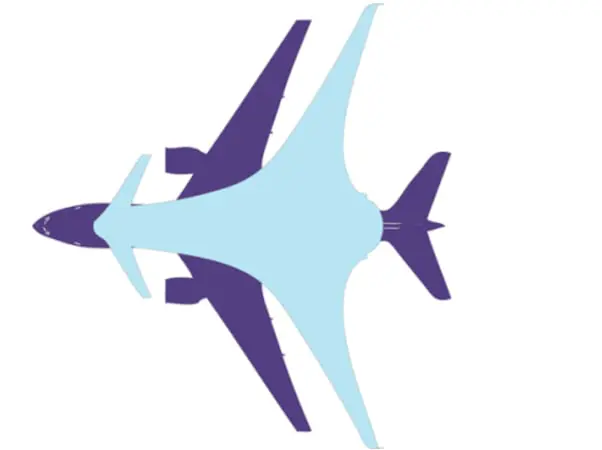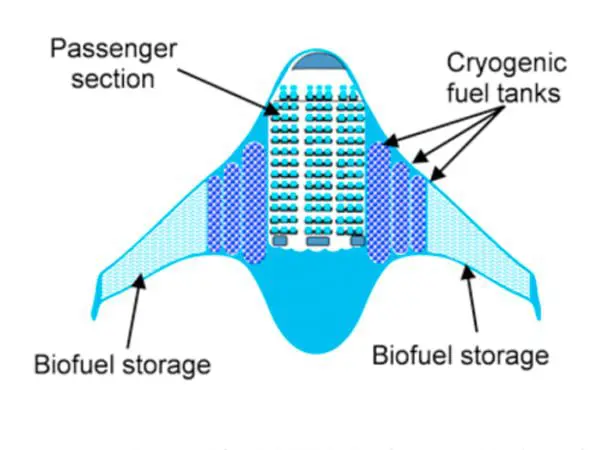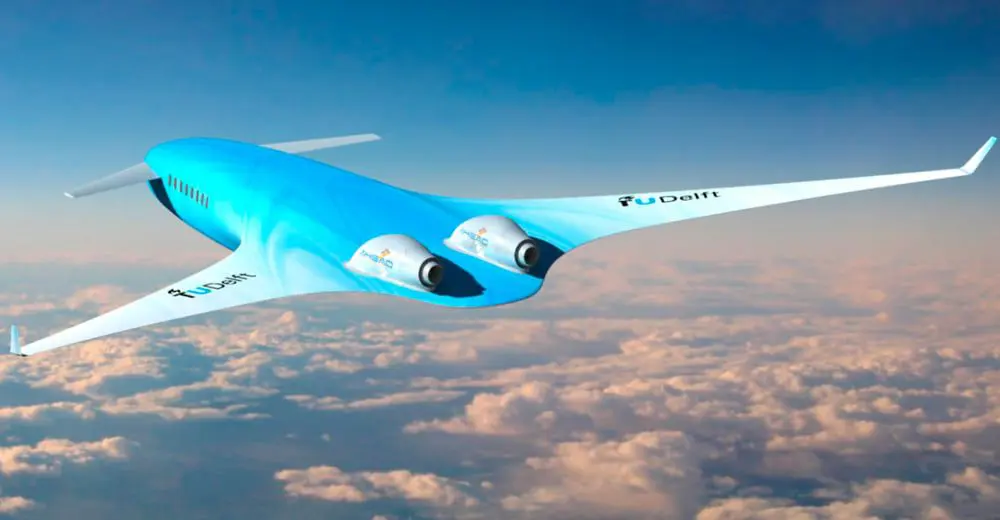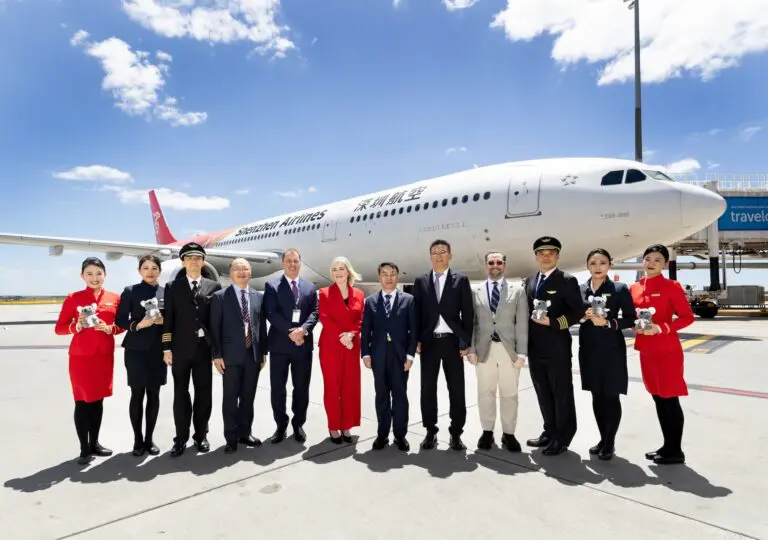There’s no doubt that over the next 40 years the look and feel of aircraft will change, but exactly how much of our beloved planes will alter?
Some engineers predict travellers will soon fly in triple-decker aircraft that can carry up to 800 people; others say planes will have retractable wings; and others predict they will be designed to fly on runways raised above cities and urban streets.
There are also some designers that say lavatories onboard will be even smaller and others suggest there’ll be a new seat configuration, which sees the middle passenger in each row flying backwards.
Now KLM has teamed up with TU Delft University in the Netherlands to construct a future vision for aircraft, which will see the wing blended into the rest of the aircraft.
It’s very futuristic.

Named AHEAD (Advanced Hybrid Engine Aircraft Development), the project is being designed with support from the European Commission and in collaboration with Airbus – meaning it’s probably the real future of flying.
Pegged to be up in the sky by 2050, AHEAD will carry between 300 to 350 passengers and in addition to having the world’s first blended wing, will also use new hybrid engines for cleaner flying.
Speaking to Skift, TUDelft University’s Dr. Rao said one of the benefits of the flattened shape is that it gives designers more room to be creative inside the aircraft.
For example, they could use the space to be more passenger friendly with roomier seats, more cabin mixes, lounges or even onboard shops.

“This concept of an fuel efficient environmental friendly design fits perfectly in the strategy of the AF/KLM group of sustainability.”
Dr. Rao, TUDelft University
“In addition, we consider this a very good opportunity to influence design aspects not only related to propulsion technology but also to aspects as aircraft and cabin layout.
“Another important aspect is that from an Engineering point of view we want to be maximum involved in innovation trends and maximize our influence where possible.”
While Dr. Rao is confident the aircraft will fly, he did say it would be a while – 40 years to be exact.
“The project is at a TRL (Technology Readiness Level) of 1-2. We will have to take the concept to TRL 4-5 before Airbus will seriously consider this concept as their next product.”
Dr. Rao, TUDelft University





